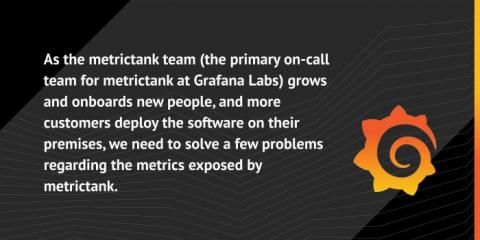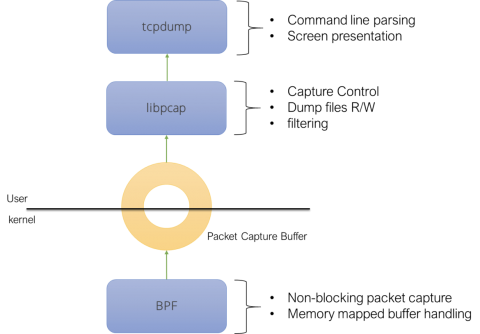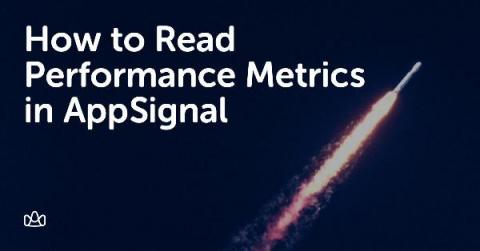Metrics Documentation with the metrics2docs Tool
Metrictank exposes many metrics to aid with operating the software in production. As the metrictank team (the primary on-call team for metrictank at Grafana Labs) grows and onboards new people, and more customers deploy the software on their premises, we need to solve a few problems regarding the metrics exposed by metrictank.











